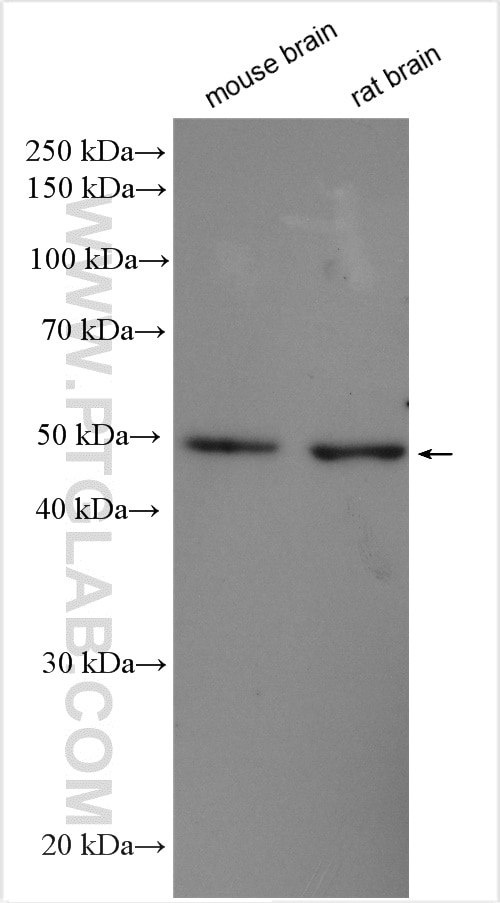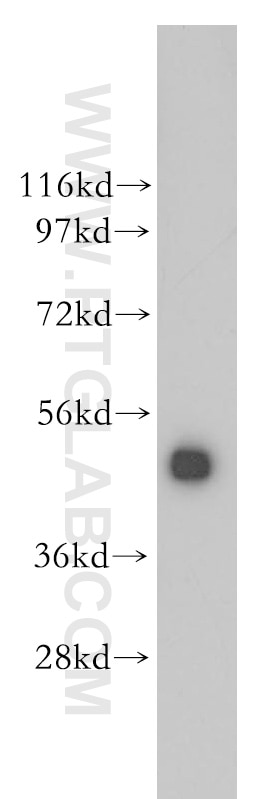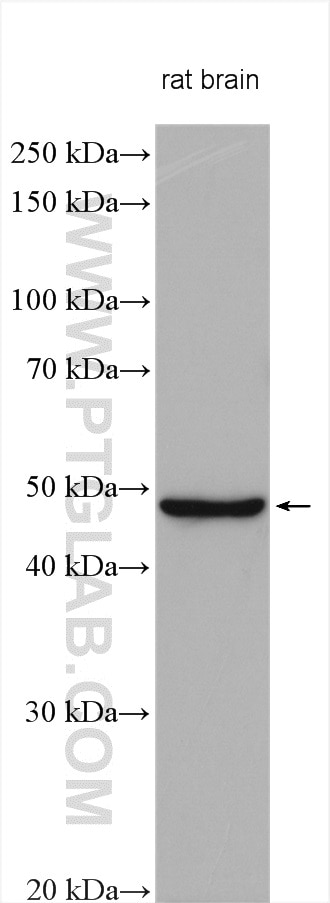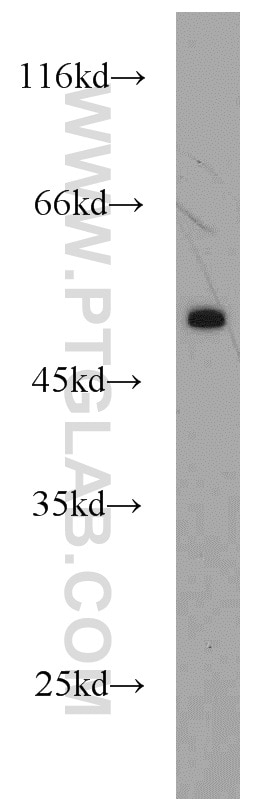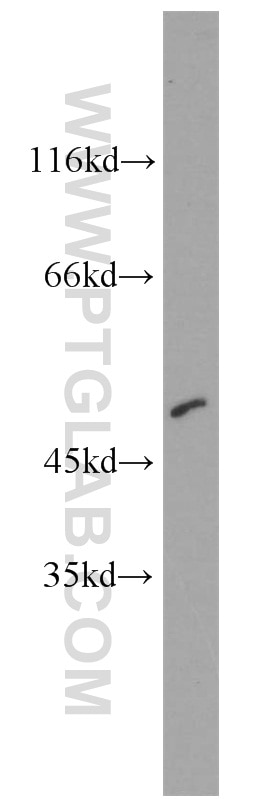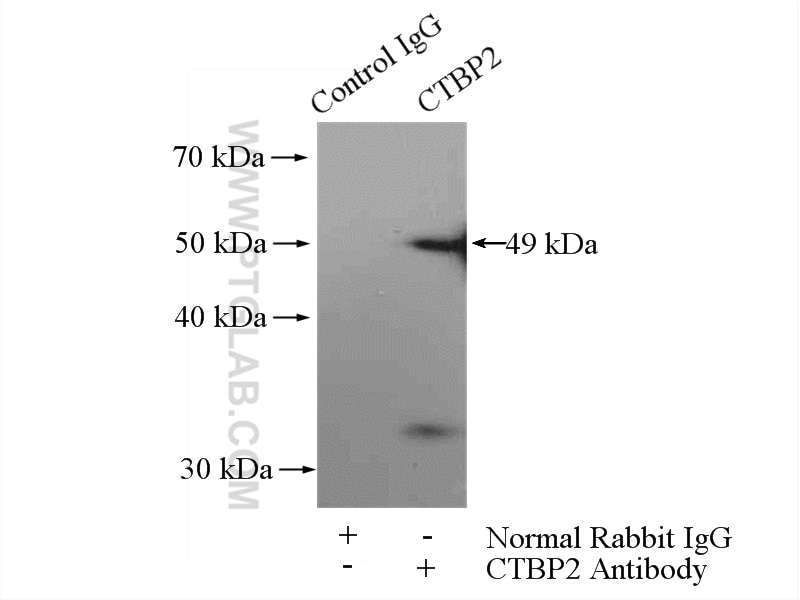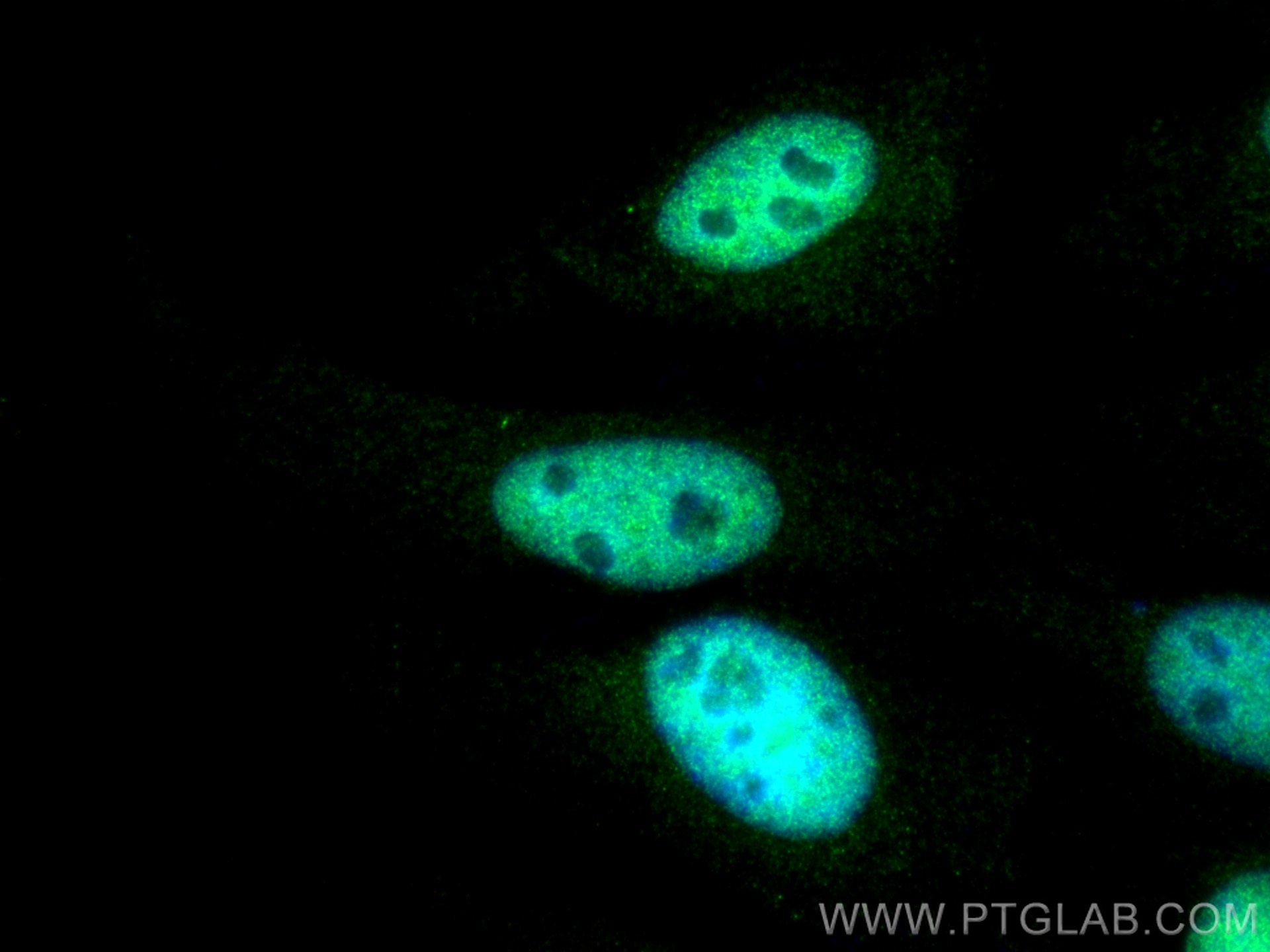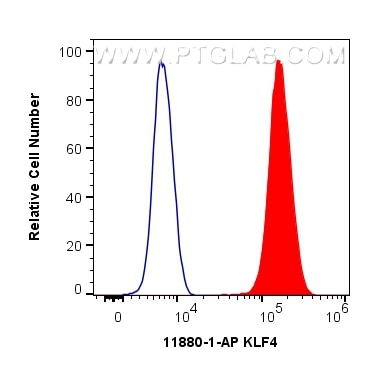- Featured Product
- KD/KO Validated
CTBP2 Polyklonaler Antikörper
CTBP2 Polyklonal Antikörper für WB, IF/ICC, FC (Intra), IP, ELISA
Wirt / Isotyp
Kaninchen / IgG
Getestete Reaktivität
human, Maus, Ratte und mehr (2)
Anwendung
WB, IHC, IF/ICC, FC (Intra), IP, ELISA
Konjugation
Unkonjugiert
Kat-Nr. : 10346-1-AP
Synonyme
Galerie der Validierungsdaten
Geprüfte Anwendungen
| Erfolgreiche Detektion in WB | Maushirngewebe, Mausherzgewebe, Rattenhirngewebe |
| Erfolgreiche IP | Mausherzgewebe |
| Erfolgreiche Detektion in IF/ICC | HeLa-Zellen |
| Erfolgreiche Detektion in FC (Intra) | HeLa-Zellen |
Empfohlene Verdünnung
| Anwendung | Verdünnung |
|---|---|
| Western Blot (WB) | WB : 1:1000-1:4000 |
| Immunpräzipitation (IP) | IP : 0.5-4.0 ug for 1.0-3.0 mg of total protein lysate |
| Immunfluoreszenz (IF)/ICC | IF/ICC : 1:1000-1:4000 |
| Durchflusszytometrie (FC) (INTRA) | FC (INTRA) : 0.40 ug per 10^6 cells in a 100 µl suspension |
| It is recommended that this reagent should be titrated in each testing system to obtain optimal results. | |
| Sample-dependent, check data in validation data gallery | |
Veröffentlichte Anwendungen
| KD/KO | See 1 publications below |
| WB | See 3 publications below |
| IHC | See 1 publications below |
| IF | See 6 publications below |
Produktinformation
10346-1-AP bindet in WB, IHC, IF/ICC, FC (Intra), IP, ELISA CTBP2 und zeigt Reaktivität mit human, Maus, Ratten
| Getestete Reaktivität | human, Maus, Ratte |
| In Publikationen genannte Reaktivität | human, Maus, Zebrafisch, Mongolische Wüstenrennmaus (Gerbil) |
| Wirt / Isotyp | Kaninchen / IgG |
| Klonalität | Polyklonal |
| Typ | Antikörper |
| Immunogen | CTBP2 fusion protein Ag0352 |
| Vollständiger Name | C-terminal binding protein 2 |
| Berechnetes Molekulargewicht | 49 kDa |
| Beobachtetes Molekulargewicht | 49 kDa |
| GenBank-Zugangsnummer | BC002486 |
| Gene symbol | CTBP2 |
| Gene ID (NCBI) | 1488 |
| Konjugation | Unkonjugiert |
| Form | Liquid |
| Reinigungsmethode | Antigen-Affinitätsreinigung |
| Lagerungspuffer | PBS mit 0.02% Natriumazid und 50% Glycerin pH 7.3. |
| Lagerungsbedingungen | Bei -20°C lagern. Nach dem Versand ein Jahr lang stabil Aliquotieren ist bei -20oC Lagerung nicht notwendig. 20ul Größen enthalten 0,1% BSA. |
Hintergrundinformationen
C-Terminal binding protein 2 (CTBP2) is a transcriptional repressor. It contains a NAD+ binding domain similar to NAD+-dependent 2-hydroxyacid dehydrogenases. This protein is thought to bind to the C-terminus of the adenovirus E1A proteins. Studies in mice suggested that this protein is involved in transcriptional repression. CTBP2 is expressed in all tissues tested, with a higher level of expression in the heart, skeletal muscle, and pancreas. The gene of CTBP2 is mapped to human chromosome 21q21.3.
Protokolle
| Produktspezifische Protokolle | |
|---|---|
| WB protocol for CTBP2 antibody 10346-1-AP | Protokoll herunterladen |
| IF protocol for CTBP2 antibody 10346-1-AP | Protokoll herunterladen |
| IP protocol for CTBP2 antibody 10346-1-AP | Protokoll herunterladen |
| FC protocol for CTBP2 antibody 10346-1-AP | Protokoll herunterladen |
| Standard-Protokolle | |
|---|---|
| Klicken Sie hier, um unsere Standardprotokolle anzuzeigen |
Publikationen
| Species | Application | Title |
|---|---|---|
J Neurosci Tonotopic variation in the calcium dependence of neurotransmitter release and vesicle pool replenishment at mammalian auditory ribbon synapses. | ||
Neural Plast Specific Influences of Early Acoustic Environments on Cochlear Hair Cells in Postnatal Mice. | ||
Proteome Sci Proteomic analysis of neonatal mouse hearts shows PKA functions as a cardiomyocyte replication regulator | ||
Genet Mol Res MicroRNA-200 family members are weakly expressed in the neurosensory epithelia of the developing zebrafish (Danio rerio) inner ear. | ||
J Clin Invest The CTBP2-PCIF1 complex regulates m6Am modification of mRNA in head and neck squamous cell carcinoma
|
